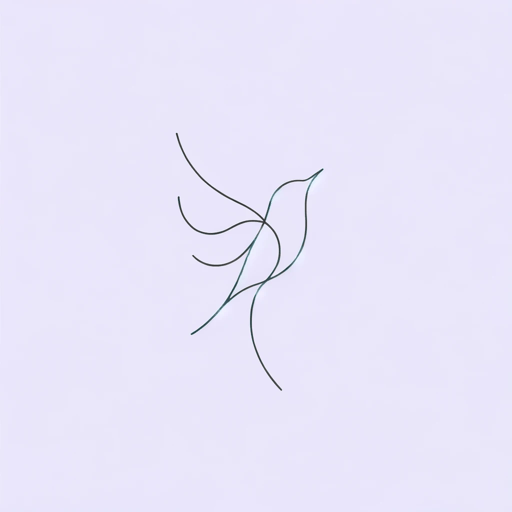25 pages • 50 minutes read
John KeatsOde to a Nightingale
Fiction | Poem | Adult | Published in 1819A modern alternative to SparkNotes and CliffsNotes, SuperSummary offers high-quality Study Guides with detailed chapter summaries and analysis of major themes, characters, and more.
Further Reading & Resources
Related Poems
“Ode on a Grecian Urn” by John Keats (1819)
Written in the same period as “Ode to a Nightingale,” this poem by Keats similarly examines the question of imminent death and immortality through art. While nature symbolizes immortality in “Ode to a Nightingale,” in “Ode on a Grecian Urn,” art offers the prospect of escaping death.
“Sailing to Byzantium” by W. B. Yeats (1926)
Composed over a century after “Ode to a Nightingale,” this famous poem by Modernist master Yeats shows the clear influence of Keats. In “Sailing to Byzantium,” the speaker laments the “dying generations” (Line 3) of humans and wishes to seek immortality through becoming a timeless work of art.
“Ode to Autocorrect” by Martha Silano (2018)
The traditional ode has continued to evolve through the centuries, its subject changing from objects of reverence and beauty to everyday objects. Silano’s poem pays unlikely homage to the Autocorrect feature on phones, and while doing, it so savagely satirizes the racism and violence of contemporary society.
Further Literary Resources
The Odes of John Keats by Helen Vendler (1983)
Influential American critic and Professor Emeritus at Harvard University, Helen Vendler offers a thoughtful and incisive analysis of the six great odes of John Keats in this volume.
Related Titles
By John Keats

Endymion: A Poetic Romance
John Keats
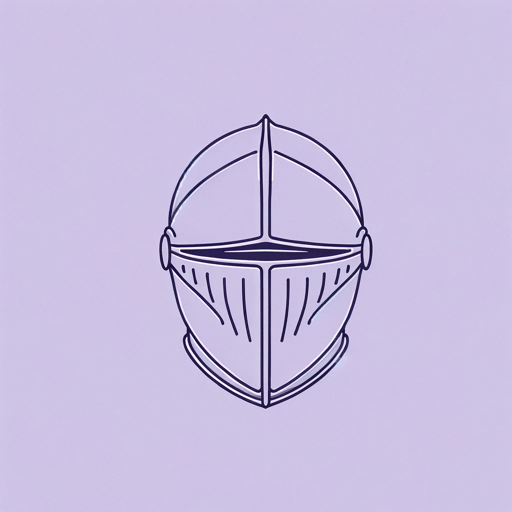
La Belle Dame sans Merci
John Keats

Meg Merrilies
John Keats
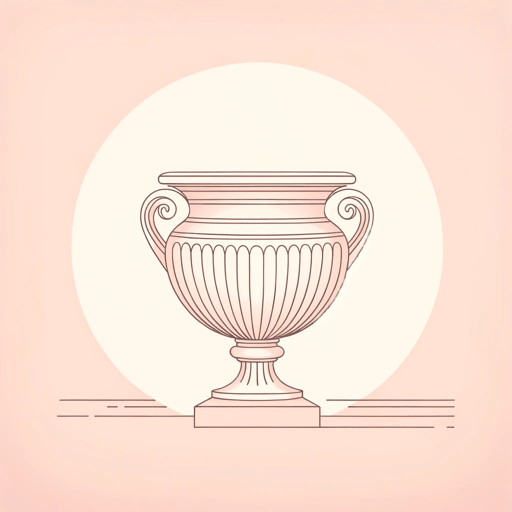
Ode on a Grecian Urn
John Keats

Ode on Melancholy
John Keats
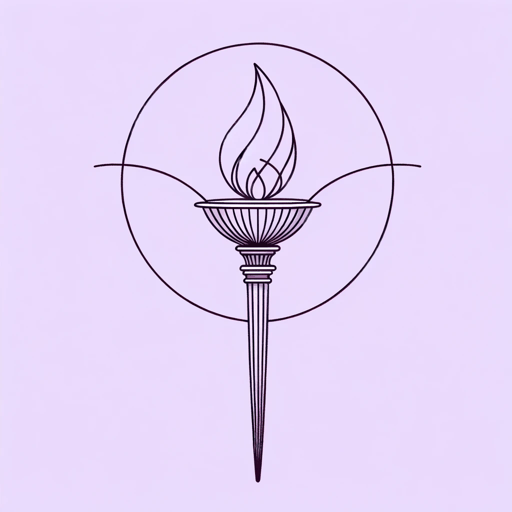
Ode to Psyche
John Keats

On First Looking into Chapman's Homer
John Keats
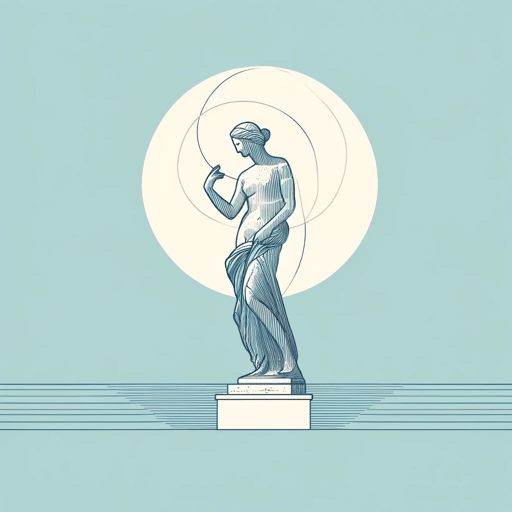
On Seeing the Elgin Marbles
John Keats
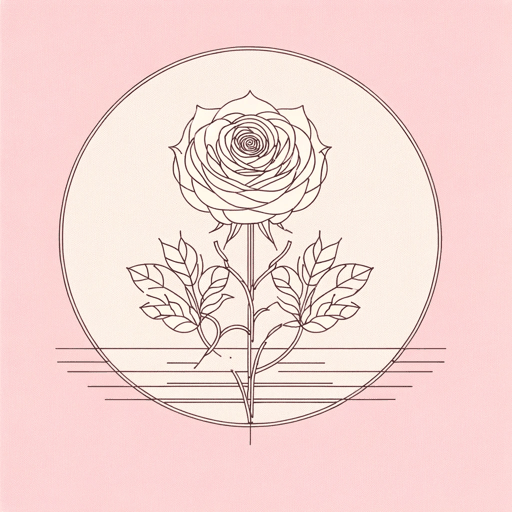
The Eve of St. Agnes
John Keats

To Autumn
John Keats
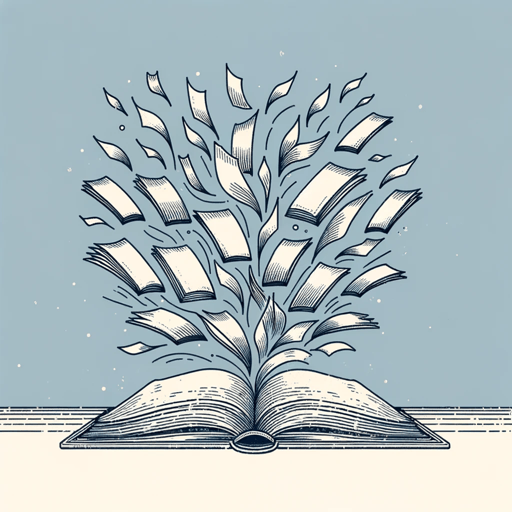
When I Have Fears That I May Cease to Be
John Keats
